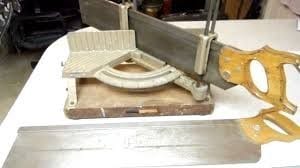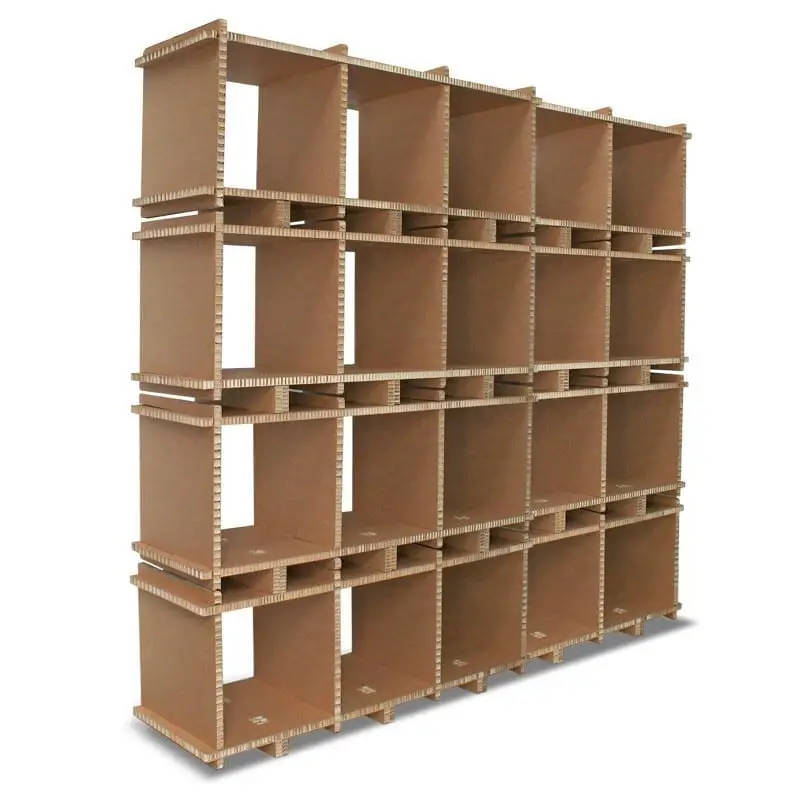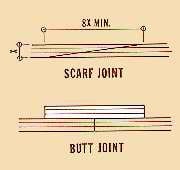Oil is applied on wood to preserve it. Oil helps seal the wood so that it can be protected from water damage. A few layers of oil on wood can preserve it for years, however; a large spill can leave an ugly mark or stain.
A spill is destructive and you need to get rid of this right away. This guide will help you out. This guide will also help you remove oil-based stain to prep wood in a more efficient manner.
Removing oil-based stain
Oil-based stains can be removed without affecting the natural beauty of wood. You have to be patient and follow the steps closely. In time, you will have your lovely wooden furniture back in tip-top shape.
You will need the following
- Baking soda or sawdust
- Thick brown paper
- An iron
- Dish liquid
- Water
- A bowl
- A scrub brush
- Mineral spirits
Instructions
Step #1
Start by using absorbent powder. Pour this on the stain or rub this on the oil-based stain to remove excess oil. The most common absorbent powders are baking soda or sawdust.
You may also place it over the stain until it is about ¼ – inch thick. Leave the powder on the stain overnight. In the morning, sweep or vacuum the powder. Inspect the stain.
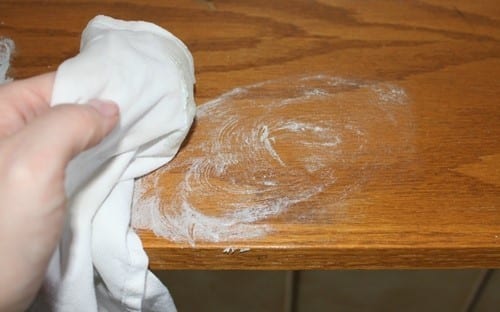
Source: https://doingwoodwork.com/does-baking-soda-damage-wood/
Step #2
If the stain remains, repeat the steps as many times as you need to completely remove the stain.
If the steps don’t remove the oil, place a layer of thick brown paper over the stain. You can use simple Kraft paper or a brown paper bag will suffice.
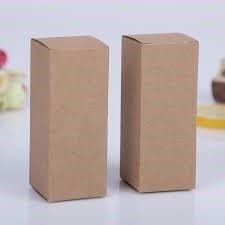
Source: https://www.solidrop.net/product/100pcs-lot-10-15-20-30-50ml-kraft-paper-essential-oil-cosmetics-box-diy-lipstick-perfume-bottle-tube-case-packaging-box-w-bl-br.html
Step #3
You may also use an iron to remove the oil. Place the iron on the lowest setting, then rub it slowly over the paper bag. There are some kinds of oils that will solidify in cool temperatures, and using an iron will liquefy this oil and allow the paper to soak the oil up.
The brown paper bag will soon become very saturated with oil. If this happens, replace this with another one and continue heating the area with the iron.

Source: https://www.youtube.com/watch?v=ZB_i2WGptzc
Step #4
If you think that the paper has absorbed all it can use absorbent powder to remove the rest of the oil. If you see any stain remain and the steps do not seem to help, mix a small amount of dish liquid with water in a bowl and swish the mixture with your hand to create suds.
Use your hands to scoop the suds off the surface of the water. Place this on the surface that you want to treat and use a scrub brush to scrub the stain. Scrub this gently so won’t scratch the wood. After you are done washing wood, wipe the area with a dry cloth to remove the soap and oil residue.
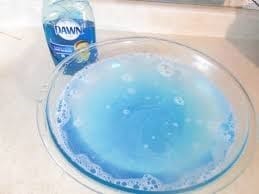
Source: http://theadventuresoflolo.com/diy-silicone-resin-molds/
Step #5
After you have managed to remove the strain, wipe the entire area with a damp cloth. Pat this dry with a dry towel.
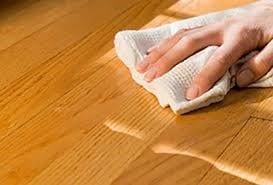
Source: http://www.bentwood-bd.com/faq/
Step #6
If the stain just won’t go away, wipe this with mineral spirits and then repeating steps 1-3 to extract the oil completely. Take note that using mineral spirits should be your last resort because this can dry wood and destroy the finish if you are not careful.
You can mix some mineral spirits with an absorbent powder like baking soda or sawdust to create a thick paste like toothpaste. Spread this over the stain and leave it for about an hour or so before wiping it completely.

Source: http://rothbartsfoot.info/tag/remove-black-marks-from-wood-furniture/
Remember not to soak the wood with water as you clean it. This may cause cracking and warping so be very careful. On the other hand, using mineral spirits can damage or remove the finish on your floor so don’t overdo this. Use this only as the last technique.
Conclusion
Tung oil is also known as penetrating oil, which means that it can be used on wood bring back its previous appearance. If you have used all the steps mentioned and still oil stains remain, use tung oil to darken the wood and evening out the appearance. This will hide the oil stain completely. Apply tung oil according to manufacturer’s instructions.





